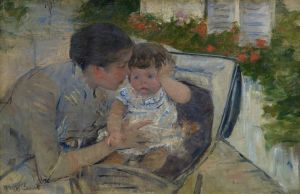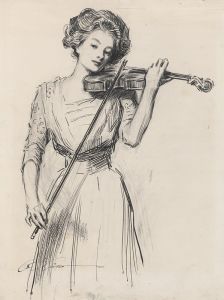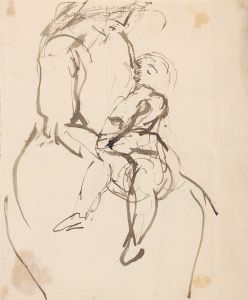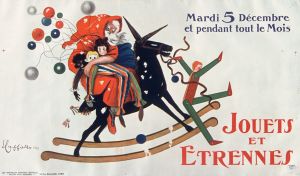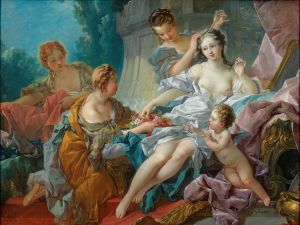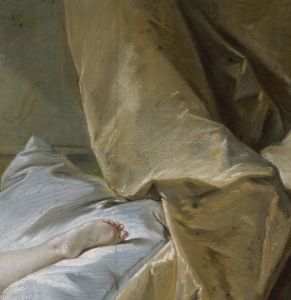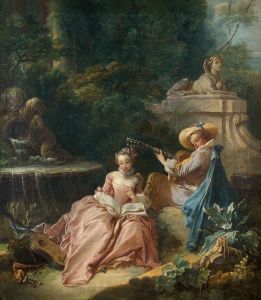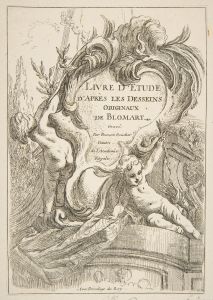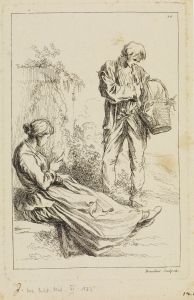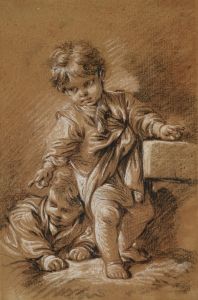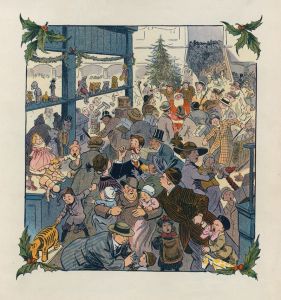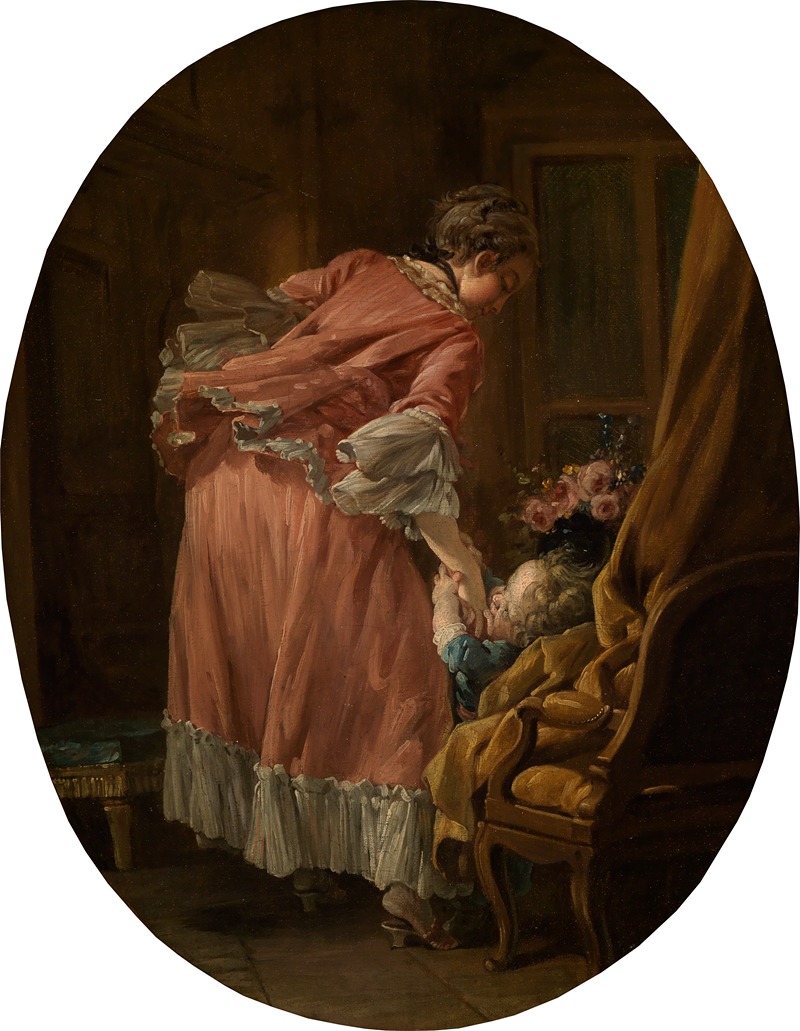
The spoiled child
A hand-painted replica of François Boucher’s masterpiece The spoiled child, meticulously crafted by professional artists to capture the true essence of the original. Each piece is created with museum-quality canvas and rare mineral pigments, carefully painted by experienced artists with delicate brushstrokes and rich, layered colors to perfectly recreate the texture of the original artwork. Unlike machine-printed reproductions, this hand-painted version brings the painting to life, infused with the artist’s emotions and skill in every stroke. Whether for personal collection or home decoration, it instantly elevates the artistic atmosphere of any space.
François Boucher's painting The Spoiled Child (L'Enfant gâté) is a notable example of the Rococo style, which flourished in 18th-century France. Boucher, one of the most prominent painters of his time, was known for his playful, lighthearted, and often sentimental depictions of domestic and pastoral scenes. This painting reflects his mastery of color, composition, and the delicate, ornamental aesthetic associated with Rococo art.
The Spoiled Child portrays an intimate domestic scene, focusing on a young child and a caregiver or parent. The exact narrative of the painting is open to interpretation, but it is generally understood to depict the indulgence and affection often associated with childhood in Rococo art. The figures are rendered with soft, delicate brushstrokes, and the setting is characterized by its warm, inviting tones and intricate details, such as the fabrics and furnishings. These elements contribute to the overall sense of charm and refinement that defines Boucher's work.
The painting exemplifies Boucher's ability to capture the nuances of human expression and interaction. The figures are animated and lively, with gestures and facial expressions that convey a sense of intimacy and warmth. The composition is carefully balanced, drawing the viewer's eye to the central figures while also incorporating decorative elements that enhance the scene's visual appeal.
Boucher created The Spoiled Child during a period when the Rococo style was at its height, celebrated for its emphasis on beauty, elegance, and the pleasures of life. His works were highly sought after by the French aristocracy, including patrons such as Madame de Pompadour, the official mistress of King Louis XV and a significant supporter of the arts. Boucher's paintings often reflected the tastes and values of this elite audience, emphasizing themes of leisure, love, and the idyllic aspects of everyday life.
While The Spoiled Child is not as widely discussed as some of Boucher's other works, such as The Toilet of Venus or The Birth of Venus, it remains an important example of his artistic style and the cultural context of 18th-century France. The painting is housed in a museum collection, though its specific location may vary depending on exhibitions and loans.
François Boucher's legacy as a leading figure of the Rococo movement endures, and The Spoiled Child continues to be appreciated for its technical skill, aesthetic charm, and insight into the artistic and social values of its time.





